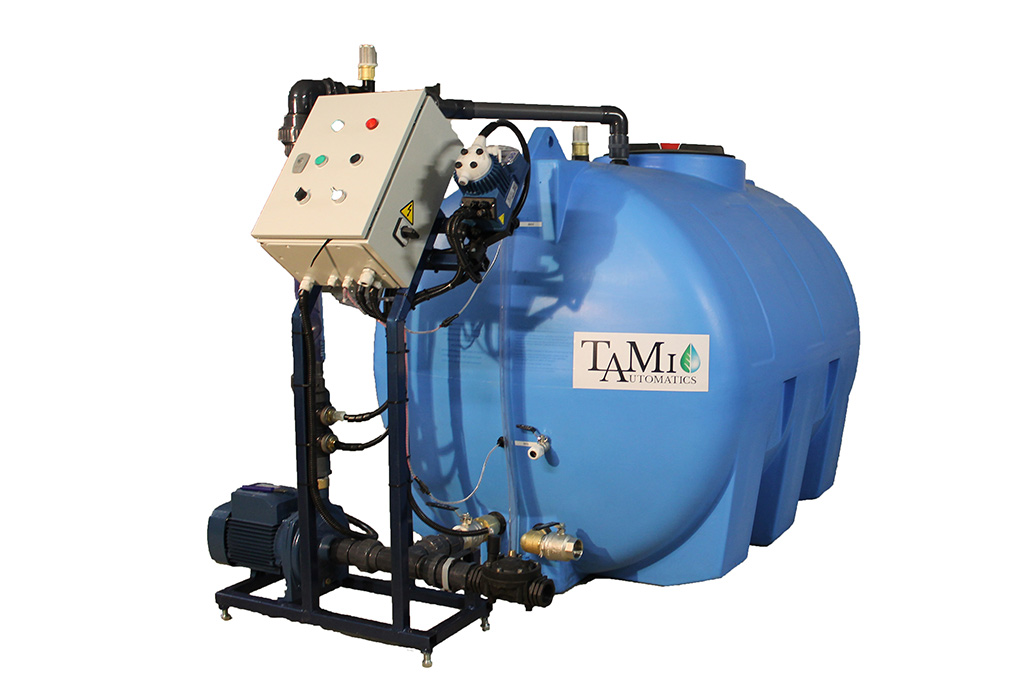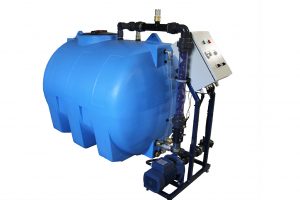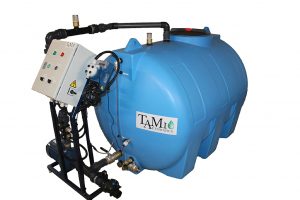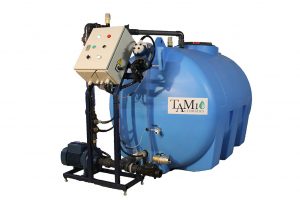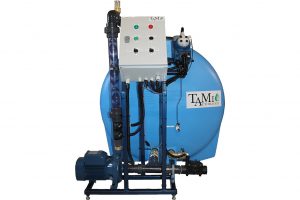pH Stabilizer
Automated devices for stabilising the pH level of water
- We will create a device based on your needs
- The device is fully automated. It only needs pressurised water and nitric acid.
- A correct pH level will help ensure better development of roots and growth of plants.
- The automated device for the pH level will turn the pH level of the water more stable by eliminating the extra bicarbonate.
- The device helps to avoid blockages in drip irrigation lines and soaker hoses.
- One device is able to dose acid and aerate water.
- Setting the desired pH level of the water is only a few button pushes away.
- It is no longer necessary to add a measured amount of nitric acid into a fertiliser solution.
The presence of bicarbonate in fresh water that is used for the production of irrigation water can give problems to the fertilizer-dosing unit. Bicarbonate forms a buffer solution. Bicarbonate is often present in city-, ground or surface water.
If bicarbonate is present, the pH-control of the fertilizer-dosing unit may become very unstable and the pH at the location of the drippers may rise substantially. At the location of the drippers, air is sort of mixed with the water. This contact with air lets gaseous carbon dioxide escape as a result of the bicarbonate buffer and the dosed acid. When carbon dioxide escapes, the pH rises.
Most fertilizer dosing units are equipped with an acid dosing channel. This acid dosing channel is installed to correct the pH slightly to the desired pH with a small amount of acid. This channel is not capable to remove a present bicarbonate buffer that needs a much larger amount of acid. Hence the pH-control can become unstable.
If the buffer is not or not completely removed, the pH will rise at the location of the drippers. This is also an undesired situation.

